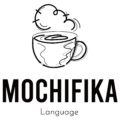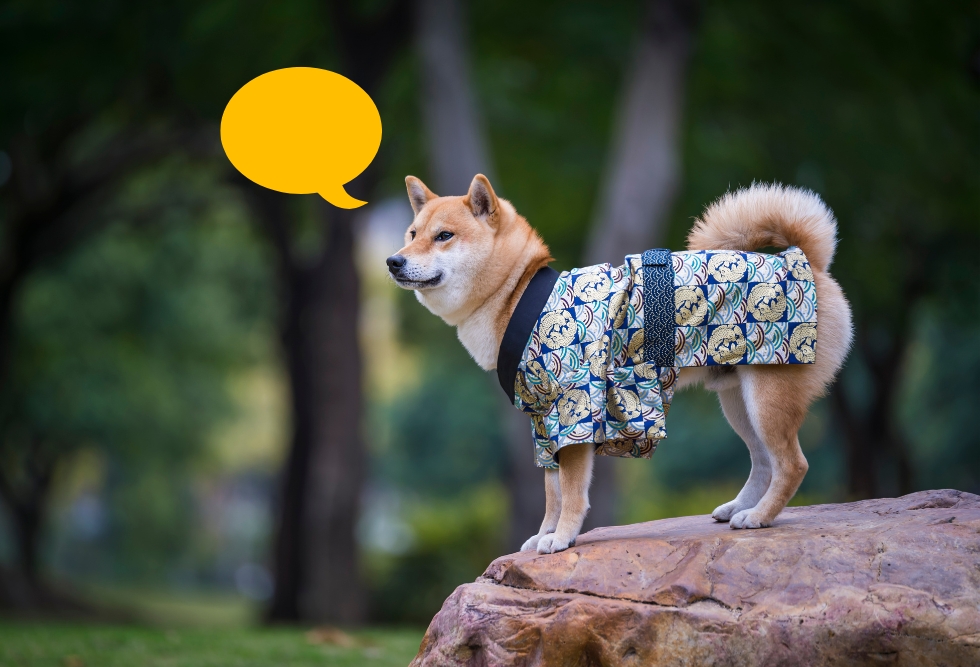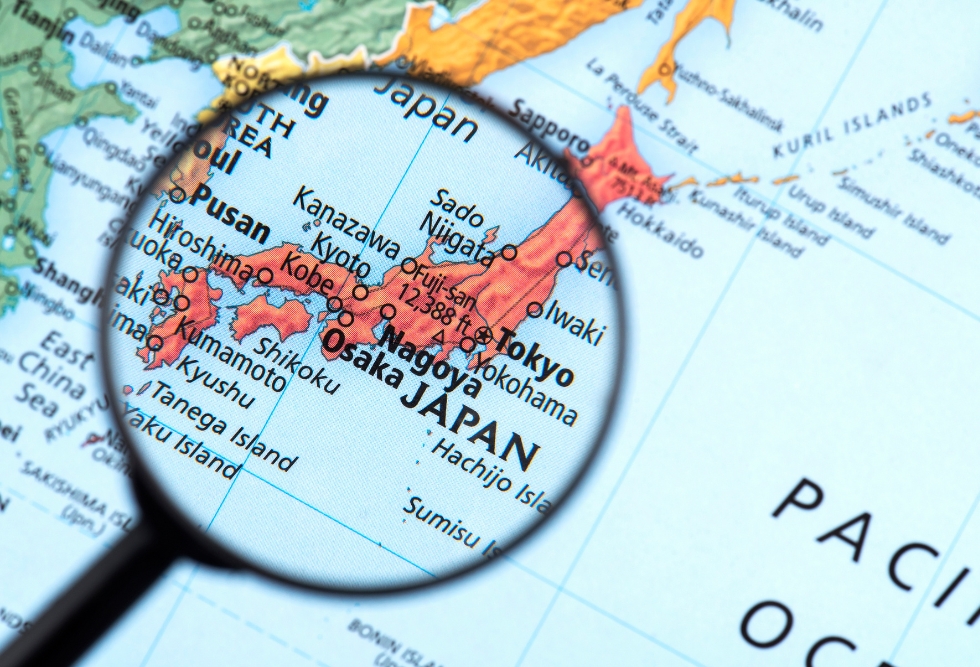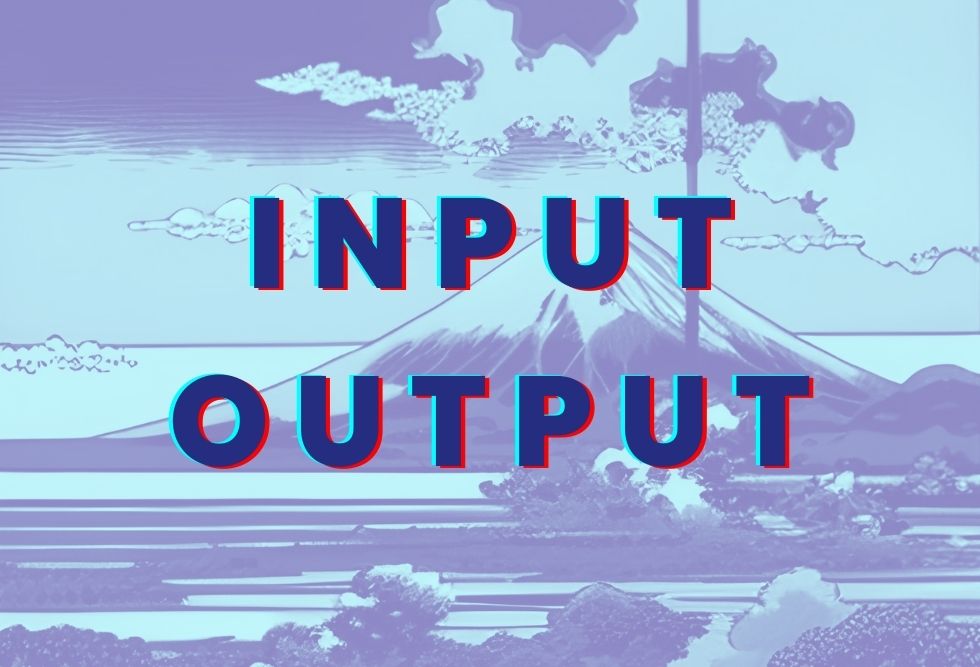If you’re learning Japanese, knowing how to greet people is essential.
Japanese greetings are not only a way to show respect and politeness, but also a way to build relationships.
In this article, I’ll introduce some common Japanese greetings for both daily life and business settings and explain why the particle “は” is used in some greetings.
Before we dive into the greetings, I’d like to recommend a helpful resource for Japanese learners: the “Slow Japanese” created by Mochifika (Akari).
This podcast offers a great way to practice your listening skills while learning about various aspects of Japanese culture, society, and various topics.
Check it out here!
Daily Life Greetings
こんにちは [Konnichiwa]
This is a commonly used greeting that means “hello” or “good afternoon”. It’s usually used from midday to evening. The particle “は” is used in this greeting to indicate the time of day. It’s pronounced as “wa” instead of “ha” in this greeting.
A: こんにちは! [Konnichiwa!]
B: こんにちは!元気ですか? [Konnichiwa! Genki desu ka?] (Hello! How are you?)
おはようございます [Ohayou gozaimasu]
This is a greeting used in the morning to say “good morning”. Note that the “u” at the end of “ohayou” is often dropped in casual conversations.
A: おはようございます! [Ohayou gozaimasu!]
B: おはようございます!今日はいい天気ですね。[Ohayou gozaimasu! Kyou wa ii tenki desu ne.] (Good morning! It’s nice weather today, isn’t it?)
こんばんは [Konbanwa]
This greeting means “good evening” and is used from late afternoon to nighttime. The particle “は” is used in this greeting to indicate the time of day.
A: こんばんは! [Konbanwa!]
B: こんばんは!今日もお疲れ様でした。[Konbanwa! Kyou mo otsukaresama deshita.] (Good evening! You worked hard today too.)
いただきます [Itadakimasu]
This phrase is said before eating a meal as a way of expressing gratitude for the food. It can be translated as “I humbly receive”.
A: いただきます! [Itadakimasu!]
B: どうぞ召し上がってください。[Douzo meshiagatte kudasai.] (Please enjoy your meal.)
ごちそうさまでした [Gochisousama deshita]
This is said after finishing a meal to express gratitude to the person who prepared the meal. It can be translated as “It was a feast”.
A: ごちそうさまでした! [Gochisousama deshita!]
B: どういたしまして!また来てくださいね。[Douitashimashite! Mata kite kudasai ne.] (You’re welcome! Please come visit again.)
Business Greetings

お疲れ様です [Otsukaresama desu]
This greeting is commonly used in the workplace to acknowledge someone’s hard work
and show appreciation. It can be translated as “You’re working hard” or “Thank you for your hard work”.
A: お疲れ様です! [Otsukaresama desu!]
B: ありがとうございます!今日も一日頑張りましょう。[Arigatou gozaimasu! Kyou mo ichinichi ganbarimashou.] (Thank you! Let’s do our best today too.)
お先に失礼します [Osaki ni shitsurei shimasu]
This phrase is used when leaving the workplace before others. It can be translated as “I’ll excuse myself before you” or “Excuse me for leaving before you”.
A: お先に失礼します! [Osaki ni shitsurei shimasu!]
B: お疲れ様でした! [Otsukaresama deshita!] (Thank you for your hard work!)
失礼します [Shitsurei shimasu]
This phrase is used when leaving a meeting or when leaving someone’s presence. It can be translated as “Excuse me” or “I’m sorry for interrupting you”.
A: 失礼します! [Shitsurei shimasu!]
B: いいえ、どうぞお気をつけて。[Iie, douzo oki wo tsukete.] (No problem, please take care.)
Moving the Conversation Forward
Knowing how to greet people in Japanese is a great way to start a conversation, but it’s important to keep the conversation going. Here are some questions and responses that you can use to continue the conversation:
Q: お元気ですか? [Ogenki desu ka?] (How are you?)
A: はい、元気です! [Hai, genki desu!] (Yes, I’m fine!)
Q: 今日は何をしていましたか? [Kyou wa nani o shite imashita ka?] (What have you been doing today?)
A: 仕事をしていました。[Shigoto o shite imashita.] (I was working.)
Q: 趣味はなんですか?[Shumi wa nandesu ka?] (What is your hobby?)
A: 音楽を聞くのが好きです。[Ongaku o kiku no ga suki desu.] (I like listening to music.)
Conclusion
Knowing how to greet people in Japanese is an important part of learning the language.
It not only shows respect and politeness, but also helps build relationships.
I hope this article has been helpful in introducing you to some common Japanese greetings for both daily life and business settings.
Remember to keep practicing and listening to Japanese resources like the “Slow Japanese” podcast to improve your skills!





